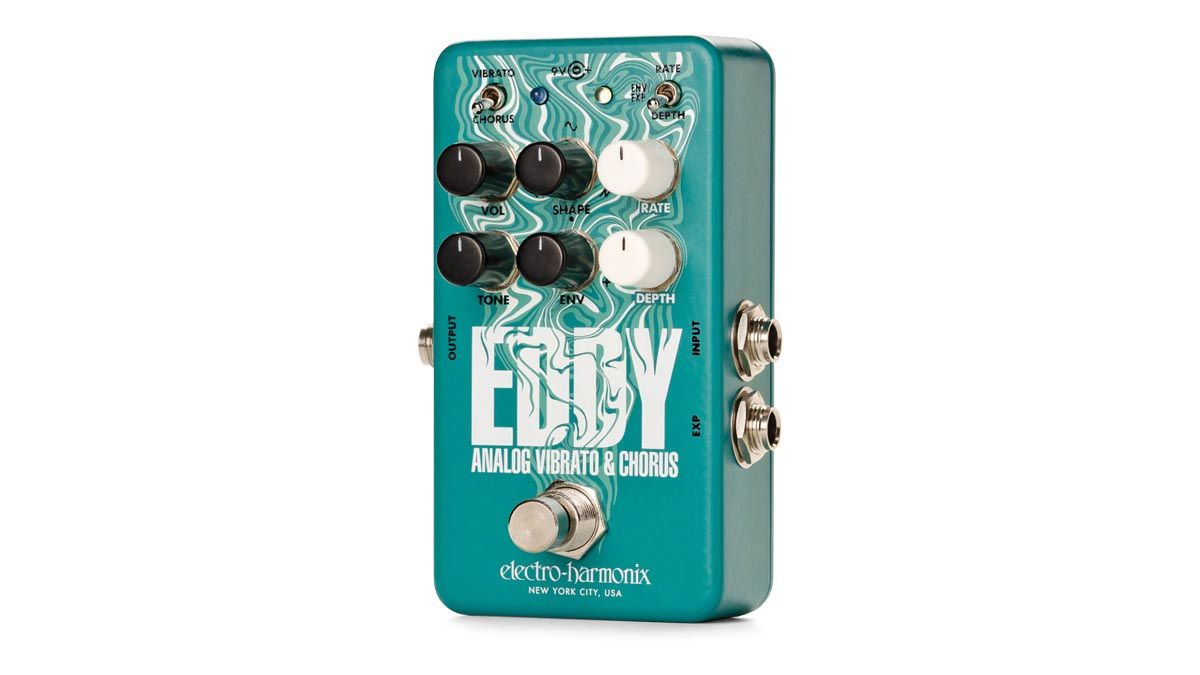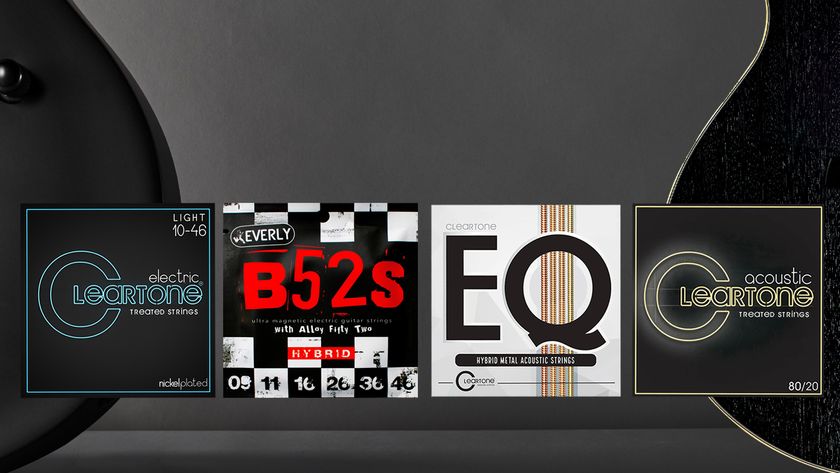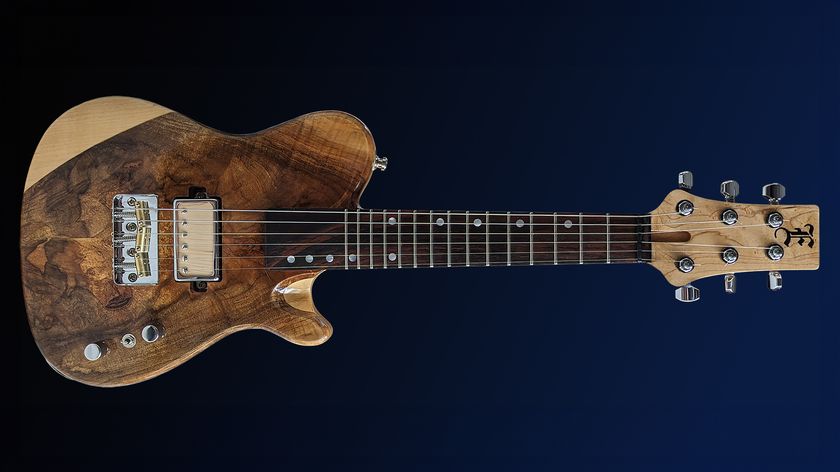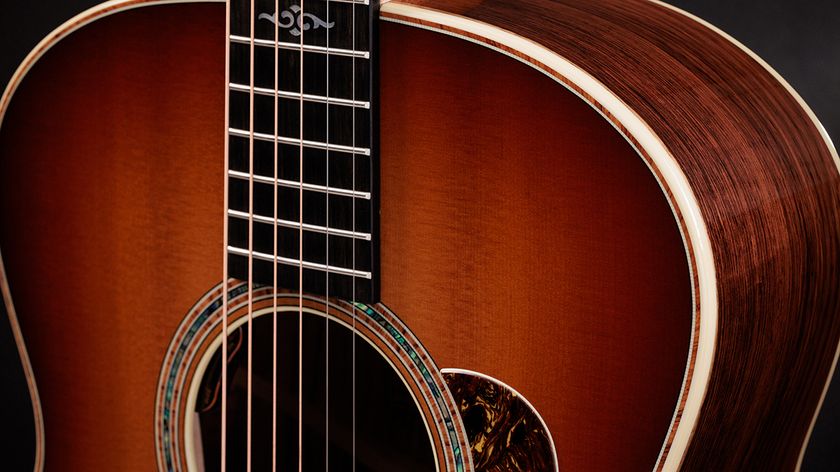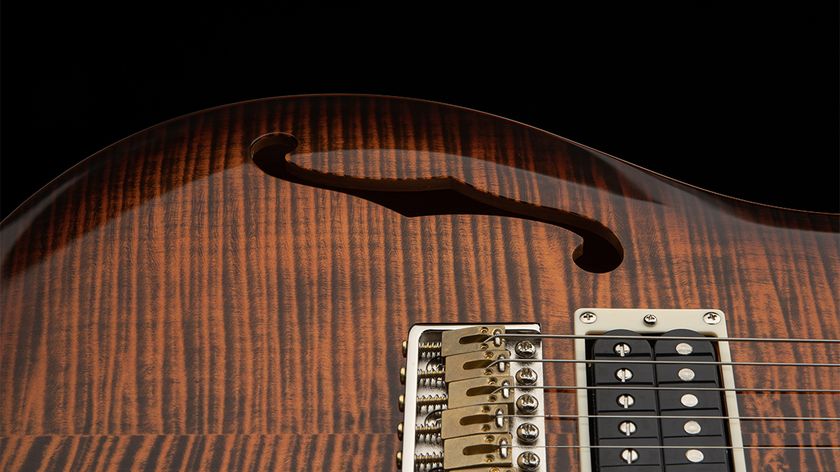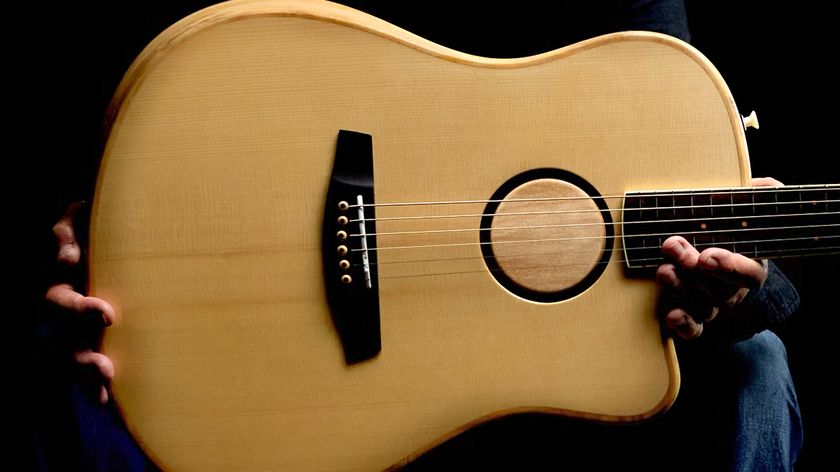GuitarPlayer Verdict
Chorus and vibrato are often combined in one unit but it is a rare thing to hear them done as well as this. This unsteady Eddy puts some truly evocative warble and movement in your tone, and is a no-brainer at this price.
Pros
- +
Lush, inspiring, analog vibrato and chorus sounds. Pedalboard-friendly package.
- +
Great price.
Cons
- -
None.
You can trust Guitar Player.
I think we can all agree Leo Fender is a god of the electric guitar world. Unfortunately, he’s also something of a devil, having done more to sow confusion about vibrato and tremolo than any other human being.
To understand how, you need to know that tremolo is a fluctuation in volume, like rocking a volume pedal rapidly up and down, while vibrato is the fluctuation in pitch we recognize in singers, or Clapton’s wiggling finger.
Yet we often mix them up, largely because Leo regularly called the tremolo effect in his amps vibrato, and because the pitch-shifting, vibrato bar of a Fender Strat is still marketed as a tremolo system.
Vibrato was heard in the 1960s in the Magnatone 260 amps used by Lonnie Mack and Robert Ward. Boss released the effect in pedal form in 1982, but by then any popularity it had was history. Interest has increased in recent years, leading Boss to reissue it, as the VB-2W, and launching a variety of other vibrato pedals from other manufacturers.
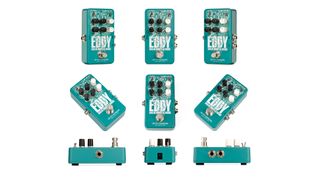
The latest is the Electro-Harmonix Eddy, a bucket-brigade vibrato and chorus pedal in a pedalboard-friendly package. The Eddy features shape warping, which can transform the pedal’s LFO modulator from a standard sine wave to something more asymmetric.
As with most Electro-Harmonix effects, there are off-the-wall sounds on tap, but I found the classic sine-wave vibrato and chorus sounds are what this pedal does best. Using the pedal’s tone control to set a darker vibrato conjured up visions of Mack and Ward.
Whether paired with Strat single-coils or Les Paul P-90s, the Eddy made every guitar I plugged into a Supro Comet or Fender Blues Junior sound expressively vocal. The all-analog signal path created a lush warble that somehow sounded vintage and modern at the same time.
“EHX’s long history in creating bucket-brigade-based pedals goes all the way back to the Electric Mistress flanger, the Memory Man analog delay, and the Clone Theory chorus/vibrato,” Electro-Harmonix founder Mike Matthews says.
Speaking of the Clone Theory, in Chorus mode, with the tone turned up, the Eddy bore more resemblance to the cool 1990s Small Clone sound of Kurt Cobain than the dated modulation of the 1980s Ibanez Session-Man chorus.
In addition to the usual rate and depth knobs, the Eddy features an envelope control that allows varying degrees of dynamic control over those parameters. Initially, I couldn’t get much response from it unless I hit the guitar really hard with a P-90 bridge pickup. EHX was aware of this issue and recommended using a boost pedal to help trigger the envelope.
Once boosted, the envelope offered subtle, expressive shifts of rate or depth. By the time this review comes out, the Eddy pedal will have a trim pot for an internal boost. As an alternative, you can just plug in an expression pedal to vary rate or depth.
Combining chorus and vibrato effects in one pedal is easy, since vibrato is essentially chorus with the direct signal removed. What isn’t easy is making it sound this good. Once I turned the Eddy on, I found it difficult to turn it off. That was true regardless of which mode I used, but it was especially the case with Vibrato.
Whether playing modern electronica-style music or getting my Lonnie Mack “Memphis” on, the Eddy was inspiring, which is the highest praise a pedal can earn.
Specifications
- PRICE: $99 street
- CONTROLS: Volume, shape, rate, depth, envelope and tone knobs. Vibrato/Chorus mode and rate/depth toggle switches
- FEATURES: Latching/momentary footswitch. Expression pedal input
- BUILT: Assembled in USA
- CONTACT: Electro-Harmonix
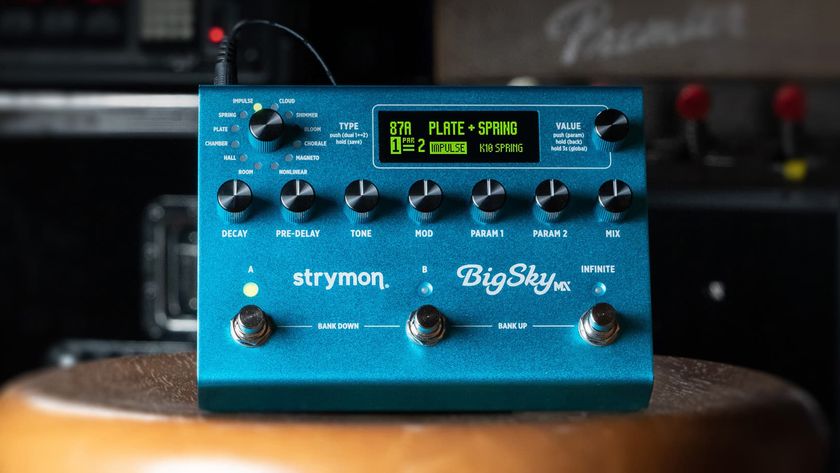
"BigSky MX will be replacing the BigSky as my go-to reverb pedal. I’ve heard nothing that covers all the bases with such pristine and detailed audio quality." We crowned the Strymon BigSky MX the champ of multi-reverb pedals
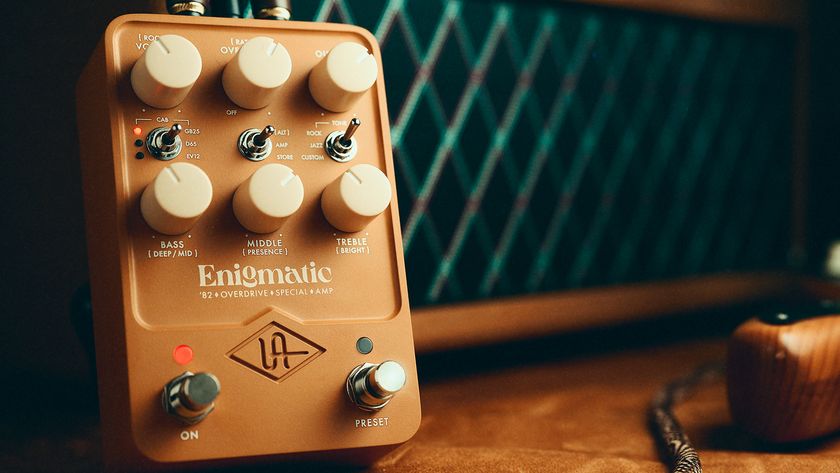
“The pedal is scary good. I haven’t met a guitar player yet who disagrees." Does the new Universal Audio Enigmatic ’82 Overdrive Special Amp pedal capture that Dumble magic? We compared notes with Dumble aficionado Ben Harper
